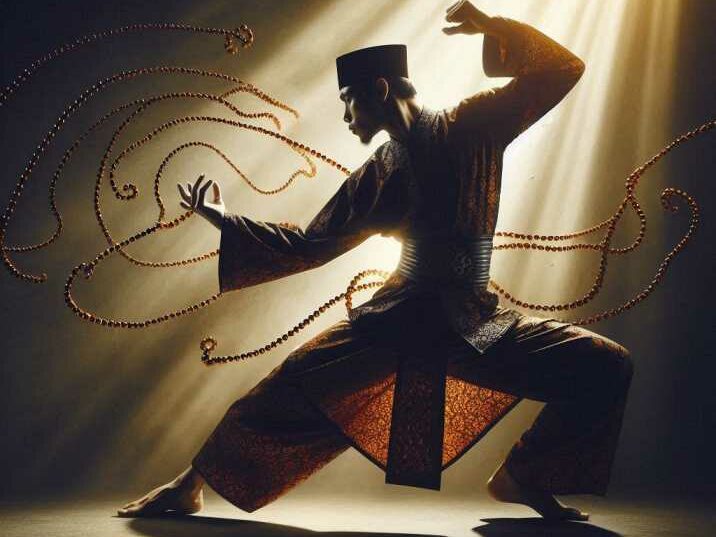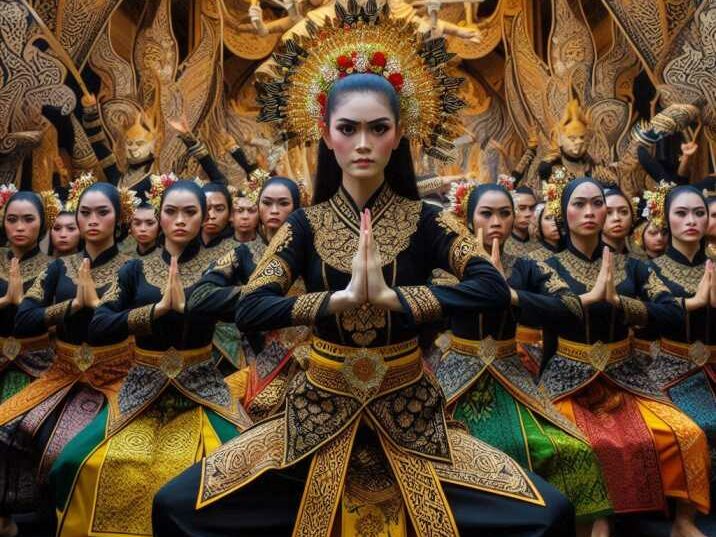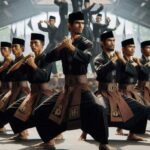Introduction:
Table of Contents
Pencak Silat, a traditional Indonesian martial art, encompasses a rich array of styles that have evolved over centuries. With its roots deeply embedded in Indonesian culture and history, Pencak Silat is not just a physical practice but also a way of life. In this comprehensive guide, we will unravel the intricate tapestry and focus on different styles of Pencak Silat, techniques, and cultural significance.

Understanding Pencak Silat:
Pencak Silat is more than just a fighting technique; it is a holistic system that integrates physical, mental, and spiritual aspects. It originated in the Indonesian archipelago and has since spread across Southeast Asia, gaining recognition for its effectiveness and elegance.
Origins and History
Pencak Silat traces its origins back to the ancient civilizations of Indonesia, where it was practiced as a form of self-defense and combat training. Over time, it evolved into a sophisticated martial art, with each region developing its own unique style.
Philosophy and Principles:
Central to Pencak Silat is its philosophical principles, which emphasize humility, respect, and self-discipline. Practitioners learn not only physical techniques but also mental and emotional control, fostering a sense of balance and harmony.
2. Exploring the Different Styles of Pencak Silat:
Pencak Silat encompasses a wide variety of styles, each characterized by its distinct movements, techniques, and cultural influences. Let’s delve into some of the most prominent styles of Pencak Silat:
Cimande:
Cimande is one of the oldest and most traditional styles of Pencak Silat, originating from the Sundanese region of West Java. Known for its rhythmic movements and emphasis on close-quarters combat, Cimande focuses on redirecting an opponent’s energy with fluidity and precision.
Harimau:
Harimau, or “Tiger Style,” derives its name from the powerful and agile movements inspired by the majestic big cat. Hailing from the Minangkabau culture of West Sumatra, Harimau emphasizes speed, agility, and predatory instincts, making it a formidable style in both offense and defense.
Betawi:
Betawi Silat, also known as Jakarta Silat, originates from the Betawi ethnic group of Jakarta, the capital city of Indonesia. Characterized by its dynamic footwork and fast-paced techniques, Betawi Silat incorporates elements of dance and performance, reflecting the vibrant culture of urban Jakarta.
Mande Muda:
Mande Muda, or “Young Vine Style,” is a refined and sophisticated form of Pencak Silat that emphasizes fluidity, grace, and precision. Originating from the Minangkabau people of West Sumatra, Mande Muda incorporates intricate hand movements, sweeps, and locks, making it both beautiful to watch and highly effective in combat.
3. The Cultural Significance of Pencak Silat:
Beyond its practical applications, Pencak Silat holds deep cultural significance for the people of Indonesia and Southeast Asia. It serves as a link to the past, preserving ancient traditions and customs, while also evolving to meet the needs of modern society.
Rituals and Ceremonies:
Pencak Silat is often accompanied by rituals and ceremonies that pay homage to its cultural heritage. These may include traditional music, costumes, and symbolic gestures, creating a sense of unity and community among practitioners.
Cultural Exchange and Global Recognition:
In recent years, Pencak Silat has gained international recognition as a unique martial art form, attracting practitioners and enthusiasts from around the world. Through cultural exchange programs, workshops, and competitions, Pencak Silat serves as a bridge between different cultures and societies.

Table of Information about Styles of Pencak Silat:
| Style | Origin | Characteristics |
|---|---|---|
| Cimande | West Java | Rhythmic, Close-quarters |
| Harimau | West Sumatra | Agile, Predatory |
| Betawi | Jakarta | Dynamic, Urban |
| Mande Muda | West Sumatra | Graceful, Sophisticated |
Conclusion:
In conclusion, What are the different styles of Pencak Silat? Pencak Silat stands as a testament to the rich cultural heritage and martial prowess of Indonesia and Southeast Asia. With its diverse styles, philosophical principles, and cultural significance, Pencak Silat continues to captivate and inspire people worldwide. Whether as a means of self-defense, physical fitness, or cultural expression, Pencak Silat offers something for everyone to appreciate and enjoy.
FAQs (Frequently Asked Questions):
1. What is Pencak Silat?
- Pencak Silat is a traditional martial art form originating from Indonesia, characterized by a combination of self-defense techniques, artistic movements, and cultural rituals.
2. How many styles of Pencak Silat are there?
- There are numerous styles of Pencak Silat, each with its own unique techniques, movements, and cultural influences. Some of the most well-known styles include Cimande, Harimau, Betawi, and Mande Muda.
3. What are the benefits of practicing Pencak Silat?
- Practicing Pencak Silat offers a wide range of benefits, including physical fitness, self-discipline, mental clarity, and cultural appreciation. It also provides effective self-defense skills and fosters a sense of community among practitioners.
4. Is Pencak Silat suitable for children?
- Yes, Pencak Silat can be practiced by people of all ages, including children. Many schools and clubs offer specialized classes for children, focusing on basic techniques, coordination, and character development in a safe and supportive environment.
5. How can I learn Pencak Silat?
- To learn Pencak Silat, you can join a local martial arts school or club that offers classes in the style of your choice. Additionally, there are online resources, instructional videos, and workshops available for those interested in exploring this fascinating martial art form further.


